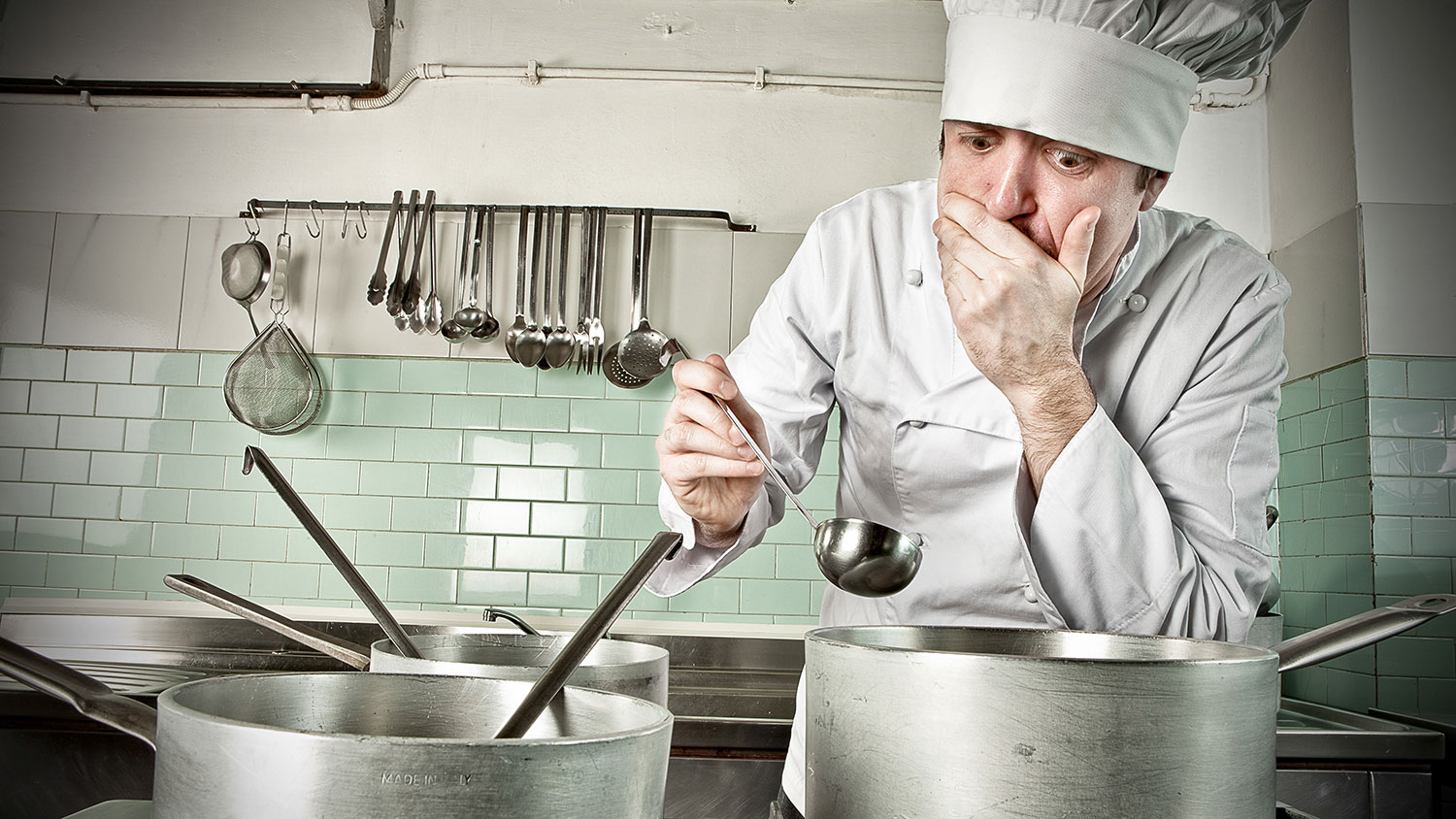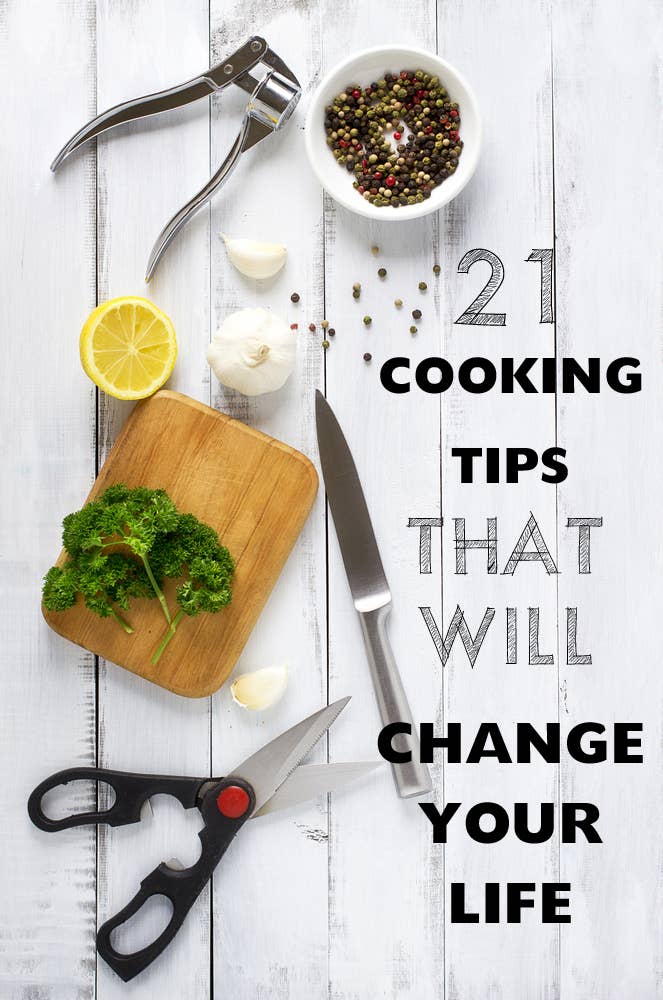
Healthy cooking is more than a trendy trend. Learn how to make your own stocks and broths so you can control the sodium and fat that goes into your food. It is important to use only local ingredients when possible. Make sure to take the temperature of your food in order to verify it is properly cooked. It's worth it. Here are some more tips to get you started. You will be amazed at how simple it is to prepare healthier meals at-home.
Healthy cooking is not a trend
Healthy cooking is a wonderful way to improve your health, and to enhance the quality of your daily life. Healthful cooking isn’t just a passing fad. PepsiCo and Campbell Soup aren't following a trend. They are making healthier food choices as well as expanding their retail distribution.
Making your own broths and stocks gives you complete control over the amount sodium or fat that goes into your meals
Making your own broths can be both nutritious and delicious. The finished product can have a rich, earthy flavor thanks to bones. Bones can also be roasted to caramelize meat. Veal bones, especially the cartilage, add gelatin and collagen to the finished stock. Vegetarians can substitute stock for vegetable stock in several recipes. Bone broth can also be frozen for later use.
Vegetable stock is one of the most versatile cooking liquids. Blending vegetables, potatoes, and onion with sweetener or thickening agents creates a versatile cooking liquid. It is great for thick stews. Turkey stock uses vegetables and other spices. This stock is also great for using up leftover pot pie. Don't worry if you don’t like chicken stock or beef. There are plenty of options for turkey or chicken stock.

The best way of knowing when food is cooked is to check its internal temperature.
A food thermometer, which is an excellent tool for cooking poultry and meat, is the best. While the outside may look cooked, it isn't always. It is possible that your meat may not be fully cooked, as the juices of the meat or poultry might appear clear. This is a common mistake, but it doesn't necessarily indicate doneness.
Cooking food to the proper temperature kills harmful bacteria and fungi. If it's not cooked to a safe temperature, it can cause food poisoning. As a general rule, the food's internal temperature should be high enough to allow steam to escape. To test this, insert a thin knife through the meat/poultry's middle.
Using local ingredients
Locally sourced ingredients are one of the best ways for restaurant owners to attract customers. It's possible to overcharge customers for locally sourced ingredients. But, using seasonal ingredients will ensure that your restaurant costs are kept low. To find recipes that are based on local ingredients, you can use the USDA's Mixing Bowl. Making seasonal menus is possible by using seasonal ingredients.
Locally sourced foods have the advantage of being fresh and high quality. You can feel confident buying produce and meat from local farmers. It's more fresh and flavorful than those from farmed sources. Working directly with local farmers is a way to help your local economy. Choosing locally sourced produce and meats will help reduce your carbon footprint and support local businesses.

FAQ
How do I get hired as chef?
The first step toward getting a job as a chef is to complete a culinary arts degree. The next step is to join a professional association like the American Culinary Federation. This association offers certification exams as well as networking opportunities.
What are the health benefits of slow cooking?
Slow cookers can be very helpful because you can prepare delicious meals quickly. Slow cooker recipes require less oil or fat than traditional recipes, making them healthier. Slow cooker recipes are also convenient as they can take care of themselves while your sleep.
How to Become a Chef?
There are many avenues to become a professional chef. To start, you can take a course at your local community college. You might also consider going to culinary school. Finally, consider a paid internship.
What are the qualifications to be a chef?
A bachelor's degree is required to become a chef. A series of tests administered to you by the ACF will also be required. A certificate will verify your qualifications once you have met all of these requirements.
Do I have to go to culinary school in order to be a professional chef?
No. No. Some even went to culinary school just to gain experience. Many chefs prefer to attend culinary school for the increased opportunities to learn and grow as professionals. Culinary schools give students hands-on experience, which allows them to develop valuable skills as well as improve their culinary knowledge.
How long does cooking take? What time do you need to learn how to cook?
It depends on your level of skill. Some people learn basic cooking techniques in just a few days. Others may take months or years to master the basics of cooking.
The time taken to learn to cook will depend on who you ask. One example is that someone who has never tried cooking before would likely take more time to learn than someone who cooks often. Also, certain types of cooking require more experience than others. Baking, for example, requires more experience than frying.
Learn a technique to increase your ability to cook quickly. You can then move on to the next technique once you have mastered it. It doesn't matter how long it takes to master a particular technique. You can just keep at it and enjoy the process.
Statistics
- You'll be amazed that over 90% of CIA students receive scholarships and grants to finish their culinary studies. (ischoolconnect.com)
- On average, chefs earn $58,740 a year, according to the BLS. - learnhowtobecome.org
- The median pay for a chef or head cook is $53,380 per year or $25.66/hour, according to the U.S. Bureau of Labor Statistics (BLS). (learnhowtobecome.org)
External Links
How To
How to make an omelet that is perfect
Omelets are one of my favorite foods to eat at breakfast. How do you make them perfect? Many different recipes and methods have failed to work for me. Today, I'd like to share some tips with you in order to make delicious and fluffy omelets every day.
First, eggs can be very temperamental ingredients for making omelets. Eggs must be purchased fresh, preferably organic, and kept chilled until ready for cooking. They must be kept cool, otherwise the whites will not form properly and the yolks may become runny. This causes your omelets to look oddly colored. If you're going to cook them immediately, it is best if the eggs are still warm.
You can also separate the egg before you add it to the pan. You don't want any white to get mixed up with the yolk because this could cause the omelet to curdle.
If you add the egg directly onto the stovetop, you might end up burning the bottom part of the egg, which would ruin the texture of your omelet. Instead, put the egg in the microwave for 10 seconds before putting it into the pan. The heat from the microwave cooks the egg just enough without overcooking it.
Next, let's talk about mixing the eggs. When you mix eggs together, you want to beat them well. You can do this by turning the bowl of your mixer upside down. Next, shake the bowl vigorously. This allows the air to be whipped and the egg to be mixed thoroughly.
Now comes the fun part: adding the milk to your mixture. Pour half the milk into the beaten egg mixture and then fold in the eggs. Do not be alarmed if there are still egg streaks visible. Once the omelet flips, these streaks will disappear.
After you have folded your eggs, heat up the oil on medium heat. Wait for it to get hot. Once the oil has gotten hot, add 1/4 cup of butter and swirl it around so that the entire pan is coated. The lid should be carefully opened. Sprinkle salt in the pan. An additional pinch of salt will prevent the omelet form sticking to your pan.
Cover the pan once the omelet is formed and allow it to cool completely. Flip the omelet by using a spatula. Cook the other side for another minute or two. Remove the omelet from the pan and serve immediately.
This recipe is best made with whole milk. However, it can also be used with skimmed milk.